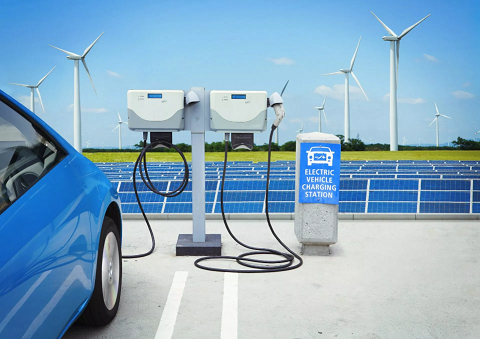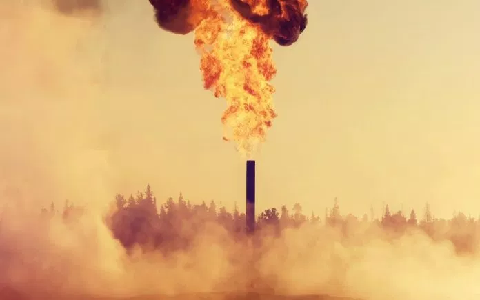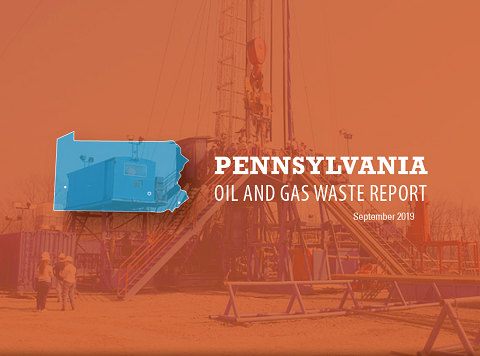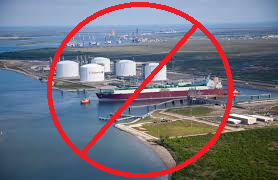
Oil is a Horrendously Bad Investment
August 11, 2019
The Research is In: Stop Fracking ASAP
October 2, 2019By John Able, The Allegheny Voice, September 14, 2019
How much waste can be spread across the land before Pennsylvania becomes a wasteland? We may soon find out if current accelerating trends in the production of oil and gas wastes continue.
In Earthworks‘ newly released Pennsylvania Oil and Gas Waste Report, the extent of devastation already caused by the Oil and Gas industry is described in terms usually reserved for novels about post-nuclear holocaust—radioactivity, half-life, radium, pico-curies, carcinogens, cancer.
And, like any apocalyptic novel, Earthworks and Fractracker Alliance provide a map of toxic hot zones, as if to warn away any future survivors. Using data provided by the Pennsylvania Department of Environmental Quality, the map not only documents the location of facilities that have already accepted waste, including 380 million barrels (5.9 billion gallons) of oil and gas waste, but it also lists the type of waste (liquid or solid) and the amount processed at each location.
Using an acronym that could only have been coined by an oil and gas lobbyist or a corporate-captured EPA administrator, radium-226 with its 1600 year half-life is just a NORM (Naturally Occurring Radioactive Material), and the 252 waste sites just in the Allegheny Watershed alone are just the new NORMal, where 978,241,782 gallons of liquid waste and 775,505 tons of solid waste have been discarded by the oil and gas industry. And this is just the waste that is formally reported. How much more has been spilled and dumped surreptitiously into forests, fields, and streams?
In 2012, researchers found that tests used and approved by agencies like EPA “can significantly underestimate the total radioactivity of wastewater that is stored in closed containers, such as tanks. . . . Inaccurate testing for radioactivity in oil and natural gas waste has huge implications for the places where this waste ends up.
Pennsylvania Oil and Gas Waste Report
As the Waste Report points out, the “Achilles heal” of the vastly wealthy and technologically arrogant oil and gas industry is that it has never solved its waste problem. In the 160 year history of the industry in Pennsylvania, the wastes simply continue to accumulate, as if it could be hidden away in the deep forests and rivers. Some radioactive liquid wastes, until recently, were spread on gravel roads to sicken humans and animals alike, or piped through inadequate “treatment” facilities into Commonwealth streams, leaving miles-long plumes of radioactive sediment downstream to bioaccumulate in mussel shells and in who knows what else (or in who else).
As if the fossil fuel industry’s legacy of climate crisis and the Sixth Great Extinction were not enough, we now add the coup de grace of radioactive contamination. Radium-226 and many other radionuclides, along with heavy metals like lead and arsenic, as well as “secret” fracking chemicals, will persist in the soils and stream sediments of Pennsylvania long after the fossil fuel era ends, long after the profits are spent, beyond the Anthropocene.
Keep it in the ground?
Given the current lack of any technological solutions to the oil and gas waste problem, many in recent years—The Guardian, Greenpeace, 350.org, even Bernie Sanders (partially, at least)—have acknowledged the only known solution is to “keep it in the ground.”
But what are the chances of that?
The U.S. Chamber of Commerce claimed keeping it in the ground “would mean billions of people trapped in the cold, malnourished, sick, and living shorter, more-miserable lives.”
At the recent G7 Summit, after skipping the climate session, President Trump said: “I feel that the United States has tremendous wealth. The wealth is under its feet. I’ve made that wealth come alive. … We are now the No. 1 energy producer in the world. . . . I’m not going to lose that wealth, I’m not going to lose it on dreams, on windmills. . . .”
While wealth comes alive for the oil and gas industry, what comes for the the people in the hot zones of Pennsylvania?




